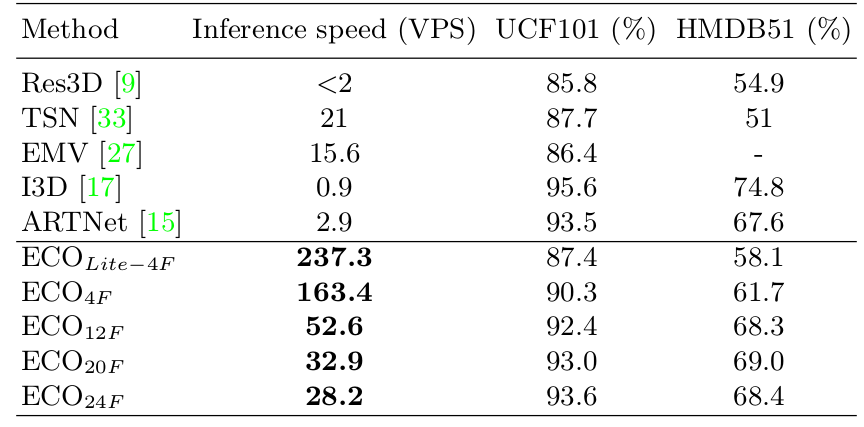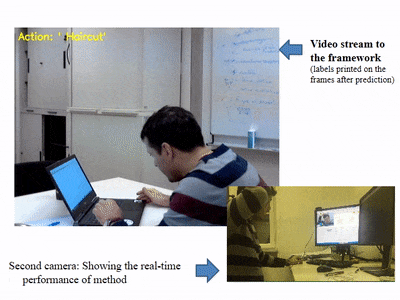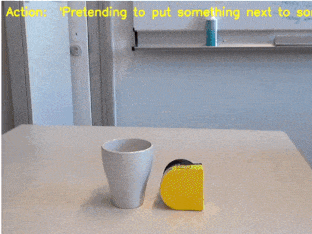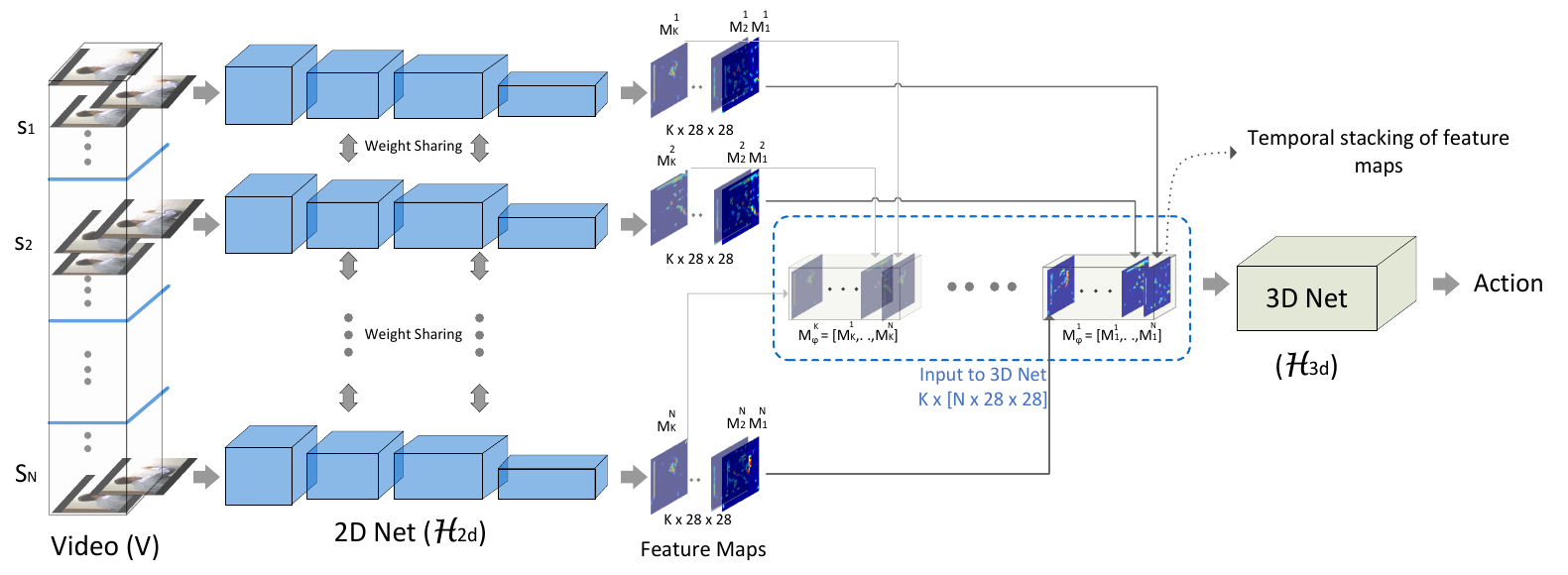mzolfaghari / Eco Efficient Video Understanding
Labels
Projects that are alternatives of or similar to Eco Efficient Video Understanding
Code and models of paper. " ECO: Efficient Convolutional Network for Online Video Understanding, European Conference on Computer Vision (ECCV), 2018."
By Mohammadreza Zolfaghari, Kamaljeet Singh, Thomas Brox
NEW
🐍 PyTorch implementation for ECO paper now is available here. Many thanks to @zhang-can.
Update
- 2018.9.06: Providing PyTorch implementation
- 2018.8.01: Scripts for online recognition and video captioning
- 2018.7.30: Adding codes and models
- 2018.4.17: Repository for ECO.
Introduction
This repository will contains all the required models and scripts for the paper ECO: Efficient Convolutional Network for Online Video Understanding.
In this work, we introduce a network architecture that takes long-term content into account and enables fast per-video processing at the same time. The architecture is based on merging long-term content already in the network rather than in a post-hoc fusion. Together with a sampling strategy, which exploits that neighboring frames are largely redundant, this yields high-quality action classification and video captioning at up to 230 videos per second, where each video can consist of a few hundred frames. The approach achieves competitive performance across all datasets while being 10x to 80x faster than state-of-the-art methods.
Results
| Action Recognition on UCF101 and HMDB51 | Video Captioning on MSVD dataset |
|---|---|
 |
 |
Online Video Understanding Results
| Model trained on UCF101 dataset | Model trained on Something-Something dataset |
|---|---|
 |
 |
Requirements
- Requirements for
Python - Requirements for
Caffe(see: Caffe installation instructions)
Installation
Build Caffe
We used the following configurations with cmake:
-
Cuda 8
-
Python 3
-
Google protobuf 3.1
-
Opencv 3.2
cd $caffe_3d/ mkdir build && cd build cmake .. make && make install
Usage
After successfully completing the installation, you are ready to run all the following experiments.
Data list format
```
/path_to_video_folder number_of_frames video_label
```
Our script for creating kinetics data list.
Training
-
Download the initialization and trained models:
sh download_models.sh
This will download the following models:
-
Initialization models for 2D and 3D networks (bn_inception_kinetics and 112_c3d_resnet_18_kinetics)
-
Pre-trained models of ECO Lite and ECO Full on the following datasets:
- Kinetics (400)
- UCF101
- HMDB51
- SomethingSomething (v1)
*We will provide the results and pre-trained models on Kinetics 600 and SomethingSomething V2 soon.
-
Train ECO Lite on kinetics dataset:
sh models_ECO_Lite/kinetics/run.sh
Different number of segments
Here, we explain how to modify ".prototxt" to train the network with 8 segments.
- In the "VideoData" layer set
num_segments: 8 - For transform_param of "VideoData" layer copy the following mean values 8 times:
mean_value: [104] mean_value: [117] mean_value: [123] - In the "r2Dto3D" layer set the shape as
shape { dim: -1 dim: 8 dim: 96 dim: 28 dim: 28 } - Set the kernel_size of "global_pool" layer as
kernel_size: [2, 7, 7]
TODO
- Data
- Tables and Results
- Demo
License and Citation
All code is provided for research purposes only and without any warranty. Any commercial use requires our consent. If you use this code or ideas from the paper for your research, please cite our paper:
@inproceedings{ECO_eccv18,
author={Mohammadreza Zolfaghari and
Kamaljeet Singh and
Thomas Brox},
title={{ECO:} Efficient Convolutional Network for Online Video Understanding},
booktitle={ECCV},
year={2018}
}
Contact
Questions can also be left as issues in the repository. We will be happy to answer them.

